Hello
friends! Today I’m joining in with a
great book study of ...
A
group of us have gotten together to take turns sharing our thoughts and
reflections—each taking on a different
chapter. You will definitely want to
head back to read the first post from Amber at Sunny Side of Second Grade. At the end,
there’s a link to the next chapter, then a link to the next, and so on.
Unit
4 took on the task of teaching students about reading nonfiction books, while
this chapter takes it to the next level: Nonfiction Reading Clubs
Reading
Clubs versus Shared Reading Clubs
While
you might assume that Reading Clubs & Shared Reading are the same—not so! Within the context of this book, Nonfiction
Reading Clubs are groups of students gathering together while reading similar
books. For those of you that have read The Book Whisperer by Donalyn Miller,
I know your heart it singing! It's all about the discussions! I love how
the author refers to Kathy Collins book, Reading for Real. Book clubs are compared to musicians who
gather together for jam sessions. Each
person shares something they are working on, friends give feedback—perhaps helping perfect or
improve. It is a supportive network of
people with like interests. Reading
clubs afford the opportunity for children with like interests—to read together, share their
thoughts and questions, and help each other become experts on the topic.
It is important to keep in mind that your students should continue with their regular independent reading--whatever genre. They may be REALLY into a series of fiction, and they should not abandon those interests!! Unlike shared reading clubs where readers may take on tasks and pace together, this reading club encourages reading within the topic and sharing.
Getting Started:
You will likely already have some baskets in your classroom library clustered by some kind of topic. In prepping for this unit, you will want to look carefully at the books you have. You may want to add more topics--perhaps even subtopics of existing topics. Most importantly, I appreciated that the authors suggest varying the levels. If the topic is new to the reader, they may want to begin at a lower level to build back ground and read at a level that isn't frustrating. They can build up throughout the unit. Meanwhile, you club members who have background in the area will want to read more challenging texts. Having a variety will meet the needs of all of your readers throughout the unit as the progress and become more skillful.
Implementing this unit will comprise of three parts.
The focus this month will ask the students to switch their mindset to nonfiction & monitor for meaning and learn from the author. Teachers will likely pull out/create anchor charts reviewing comprehension skills: such as, finding main idea, using text features, locating facts efficiently,, and determine meaning of key terms.
The best part of this transition is the support students will receive from their clubs. In the club environment, students will talk about new learning. Since monitoring for meaning is a component of this focus, the club is the perfect environment to talk about concepts or ideas they are having trouble with. Students might refer to a page they can reread together to clarify meaning in a supportive way.
The best part of this transition is the support students will receive from their clubs. In the club environment, students will talk about new learning. Since monitoring for meaning is a component of this focus, the club is the perfect environment to talk about concepts or ideas they are having trouble with. Students might refer to a page they can reread together to clarify meaning in a supportive way.
Later in the month, it will be important for students to turn the main ideas and vocabulary they have collected into creating new thoughts and questions about the topic. The teacher might model from a nonfiction book how the process of inferring comes about. Students will be encouraged to react to what they have read. Once they have mulled over and reacted, ideas can form to create new ideas based on what they have read.
It is also important for students to become flexible in their thinking. Students often begin a topic with a clear understanding of what they know, but they need encouragement to be open to new ideas and revise their thinking. In book talks, students would be encouraged to share using statements such as, "I used to think____, but now I know that___".
It is also important for students to become flexible in their thinking. Students often begin a topic with a clear understanding of what they know, but they need encouragement to be open to new ideas and revise their thinking. In book talks, students would be encouraged to share using statements such as, "I used to think____, but now I know that___".
As the month begins to wane, students have likely read several books on their topics. They are equipped at this point to make comparisons of what they have read and move on to contrasting the information. Once more, the teacher can read a nonfiction book and model the Think Aloud. Clubs will likely create t-charts to track the two facts the correlate or differentiate. Tracking this information creates an environment of accountable talking in the group.
The opportunity arises at this point for students to pursue answering a question based on their reading. Students will likely reread sections in order to answer the question. Working together, they might create a table or chart to present to another group. This collaborative effort is an ideal way to further demonstrate the speaking and listening standards & becoming the expert they hoped to become!
I love how this book is moving along! It subtly supports the Common Core State Standards in a spiral way--not in isolation. Students learn to apply the tools in a meaningful way. Nonfiction can be tough for kids! I can't wait to implement book clubs in nonfiction in this manner! No "class sets" needed. Just kids reading and time to share!
The opportunity arises at this point for students to pursue answering a question based on their reading. Students will likely reread sections in order to answer the question. Working together, they might create a table or chart to present to another group. This collaborative effort is an ideal way to further demonstrate the speaking and listening standards & becoming the expert they hoped to become!
I love how this book is moving along! It subtly supports the Common Core State Standards in a spiral way--not in isolation. Students learn to apply the tools in a meaningful way. Nonfiction can be tough for kids! I can't wait to implement book clubs in nonfiction in this manner! No "class sets" needed. Just kids reading and time to share!
Next Monday on July 13th, you'll want to head over to Mrs. Burke's Special Kids to read Unit 7!! I know Sebrina will have some GREAT insights!










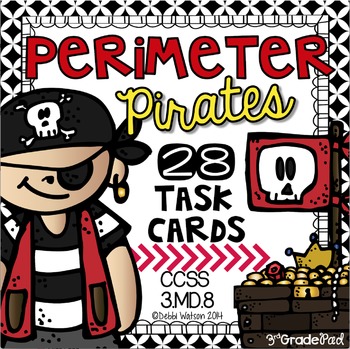

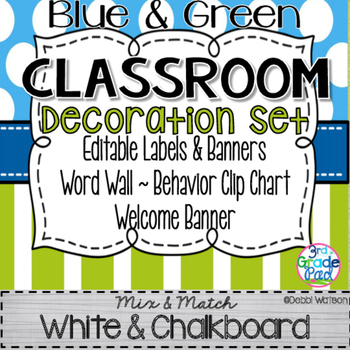
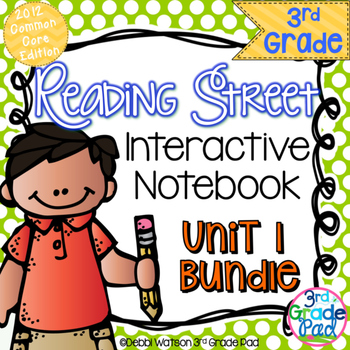

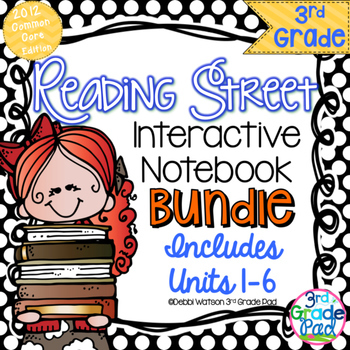


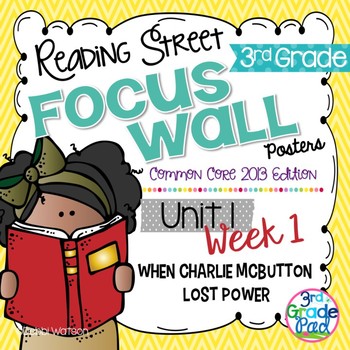





No comments